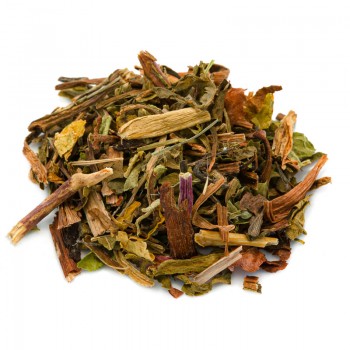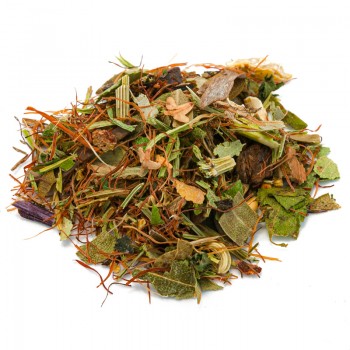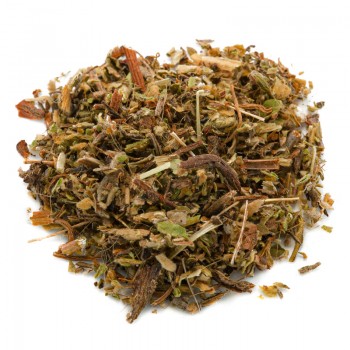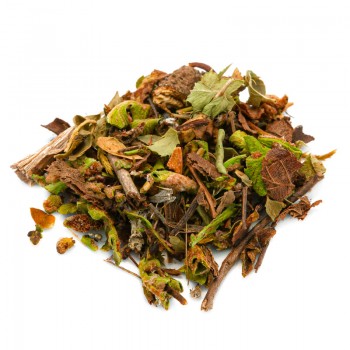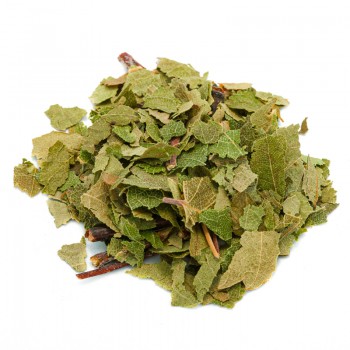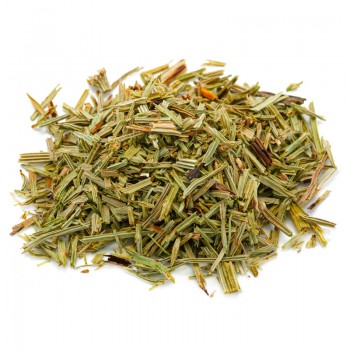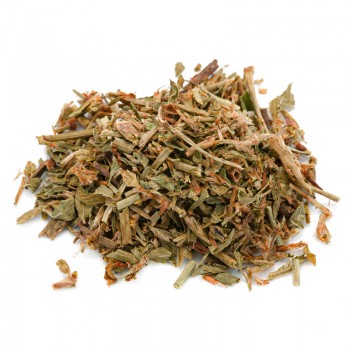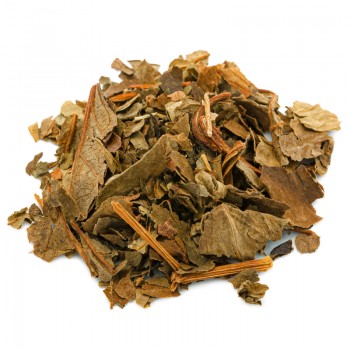Dandelion herbal tea cut leaves
The dandelion leaves cleanses the liver, stimulates the liver and kidney functions, excellent detoxifier, helps eliminate cholesterol, diuretic, provides relief in case of rheumatism. Excellent hot drink.
Ingredienti: Tarassaco
Nome botanico: Taraxacum Officinale (L.)
Origine: Europe Oriental
- 100°
- 3/5g ogni 250 ml
- 05/08 min. infusion

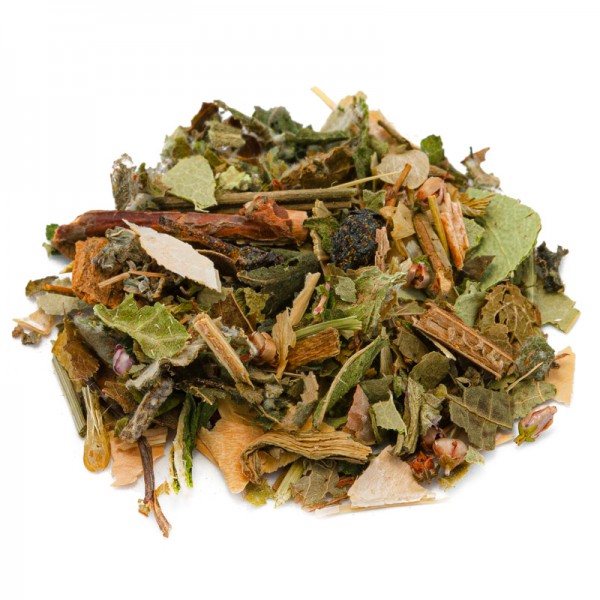







 No reward points for this product.
No reward points for this product.
